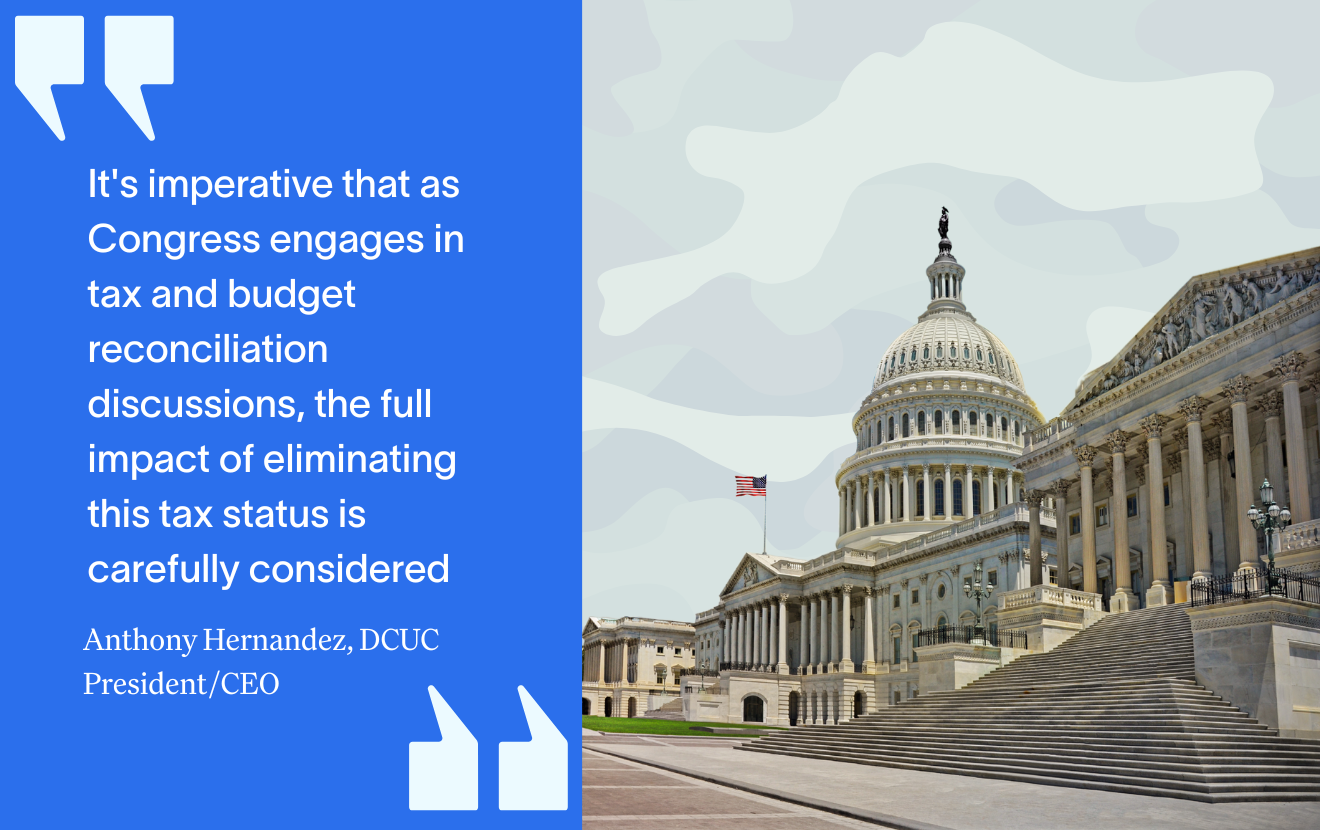I think we can agree that there are consumers who need short-term liquidity options. Among several recent studies, the Brookings Institution reveals that one-third of American households live paycheck to paycheck; and American Banker data cites that 54% of checking account customers are in poor financial health.
Financial institutions can provide a valued service by offering a compliant overdraft privilege program to help these individuals manage unexpected, ill-timed expenses. In fact, a recent study by Novantas said that 66% of overdrafts occur when consumers knew they have a low balance, but want the payment to go through anyway.
So how does your credit union offer a cost-effective service without encouraging reckless behavior? A good place to start is to review how your third-party overdraft vendor is compensated, which can affect the way the program is viewed by regulators and how it is executed vis-a-vis account holders.
In a webinar called "Avoiding 'OOPS!' in Your Overdraft Protection Program," Patti J. Blenden, CRCM, CPA, President, Financial Solutions for Growing Companies, Inc., warned that the practice by some third-party overdraft providers of pricing their overdraft programs based on a percentage of the increase in income the bank will generate is generally inconsistent with promoting the responsible use of these programs. You may have heard of this type of incentive compensation referred to as a "pay for performance," which essentially rewards the provider with a percentage of the additional fee income generated by the program.
Unfortunately, many third-party providers today still price their programs based on this form of incentive compensation. However, when compliance examiners evaluate whether the third-party relationship raises the potential for compliance, operational, financial and reputational risks to the financial institution, they may look harshly on such an arrangement.
A third-party provider in this type of an arrangement may encourage practices that boost revenue in the short term, but are detrimental to the customer and the bank in the long run. The preferred pricing methodology is to establish a fixed price for the service that is not tied to program performance.
Ms. Blenden made it very clear that neither an institution's third-party vendor nor its own internal infrastructure should incent the fee income that can be generated by the overdraft service. She drew a comparison to the loan originator compensation that led to mortgage reform restrictions: "If we give people the incentive to make more money, they are going to come up with creative ways to do so and they may not be in the bank's long-term best interest."
She suggested that institutions not only look at their third-party overdraft arrangement and eliminate incentive compensation, but also at their own institution: Do you incent employees to get more people involved in the program? These activities can be an indicator to a regulator or to an independent reviewer that your institution is focusing on incentivizing employees or the third-party vendor at the expense of the consumer... exactly what you do not want.
Ms. Blenden's final word on the topic (and we couldn't agree more): "Make sure you're using the right people to do the right thing."







